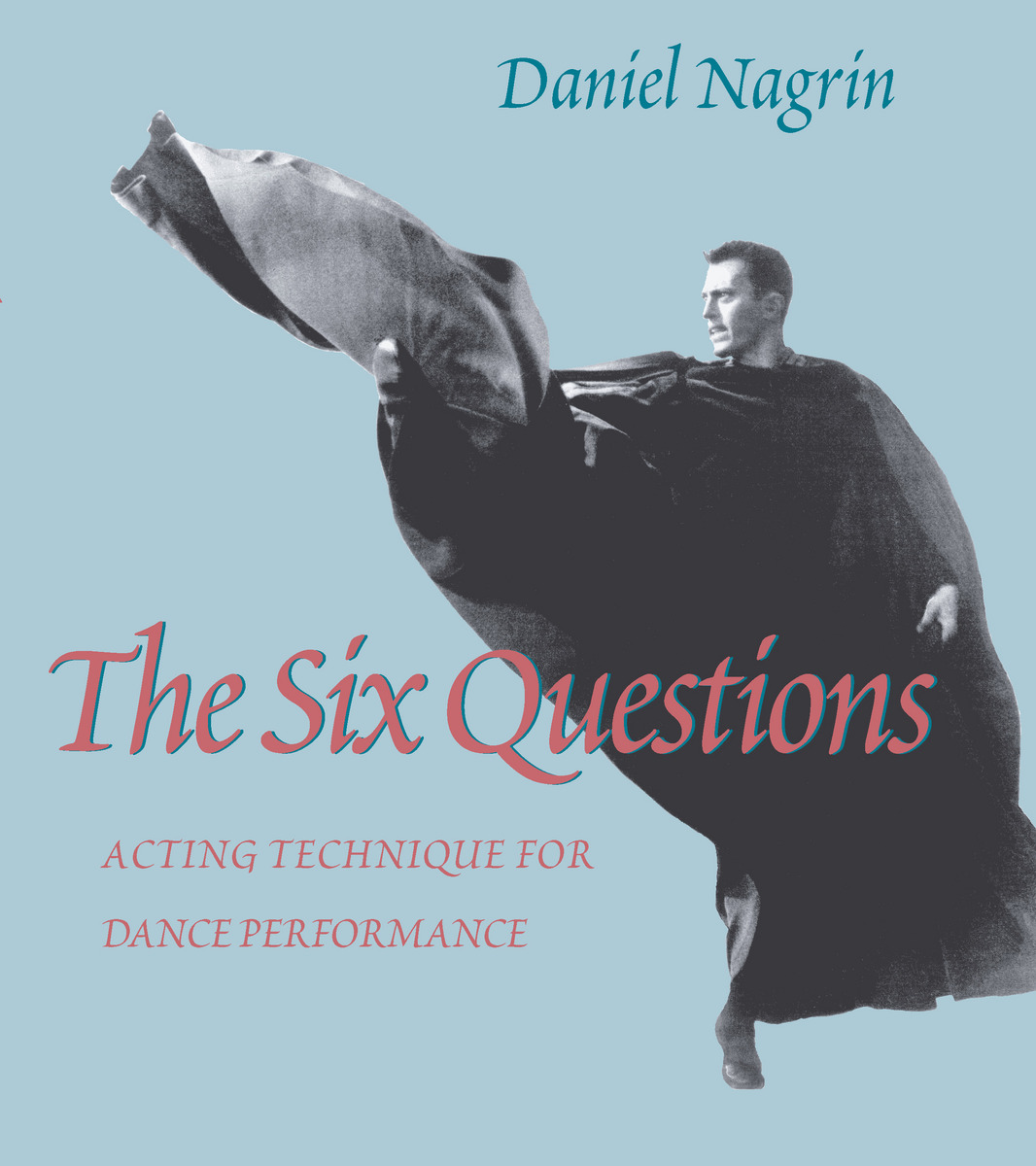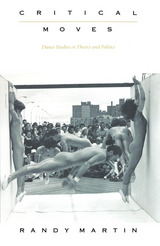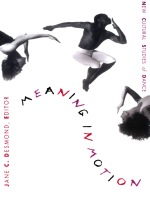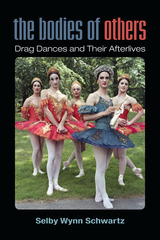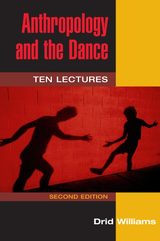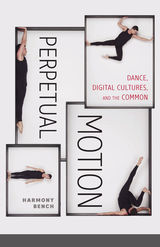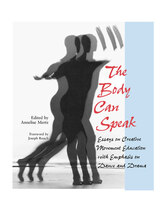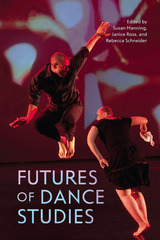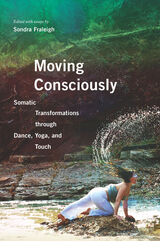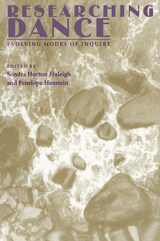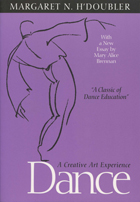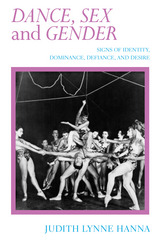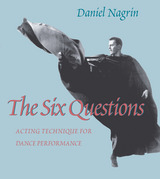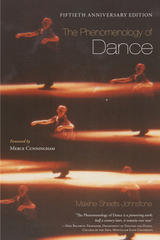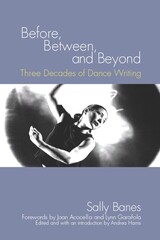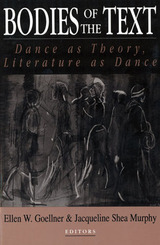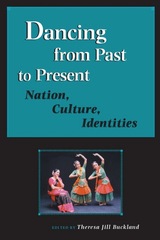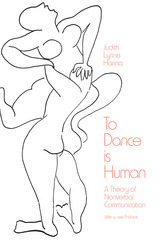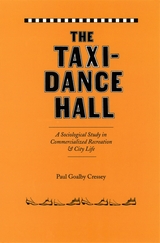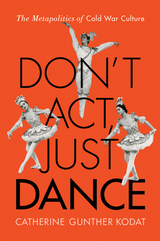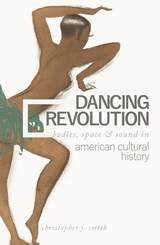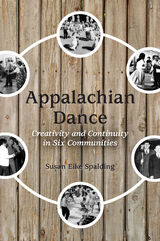Paper: 978-0-8229-5624-2 | eISBN: 978-0-8229-7178-8
Library of Congress Classification GV1595.N35 1997
Dewey Decimal Classification 792.78
In five parts, the book first examines the personal essentials demanded by dance. The second part looks at the pitfalls inherent in the act of performing from vanity to self-hatred. The third part, the core of the book, poses six questions: Who? is doing what? to whom? where and when? and why? and against what obstacle? In the fourth part, Nagrin looks at the tools for working on the role, and the fifth part enters into the very act of performing. All of the work is handled in terms of movement alone: no dialogue or scenes from plays are used.
The Six Questions is a companion piece to Nagrin's other works, How To Dance Forever, and Dance and the Specific Image: Improvisation. Together they present an invaluable teaching and learning tool for anyone in love with dance.
See other books on: Acting | Acting & Auditioning | Dance | Modern | Nagrin, Daniel
See other titles from University of Pittsburgh Press
